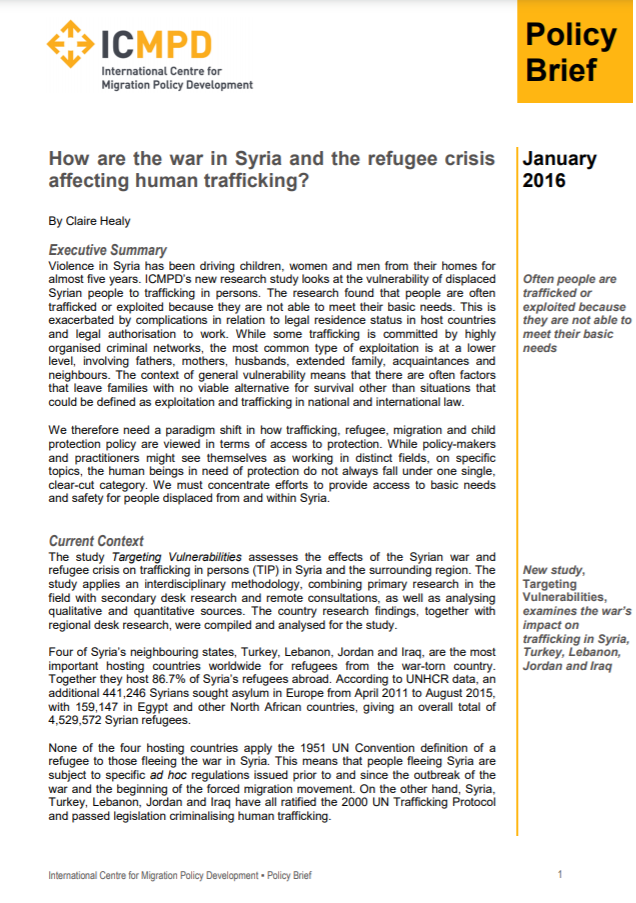A Guide to Sexual and Gender-Based Violence Legal Protection in Acute Emergencies

The guide summarizes an assessment of War Child Canada’s three-pronged legal protection model was implemented with South Sudanese refugees in Northern Uganda and uses it to identify the most important lessons for ensuring legal protection mechanisms are in place at the onset of an emergency. It is meant to help build the evidence base on what may be a replicable model, or set of practices, for survivor-centered SGBV legal protection services in emergency settings; expand understanding of positive practices and lessons learned; and help humanitarian actors gain the competencies needed to uphold their SGBV responsibilities.
Country
Uganda
South Sudan
Region
East Africa
Horn Of Africa
Year
2016
Topics







